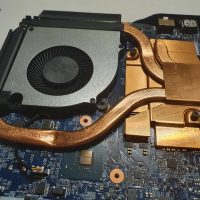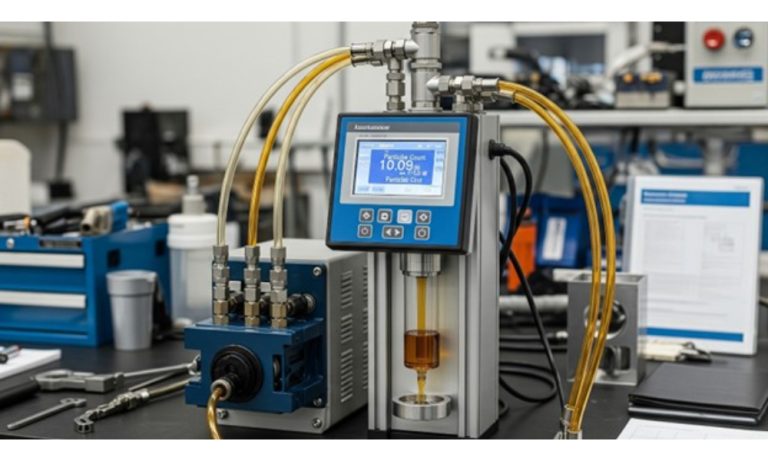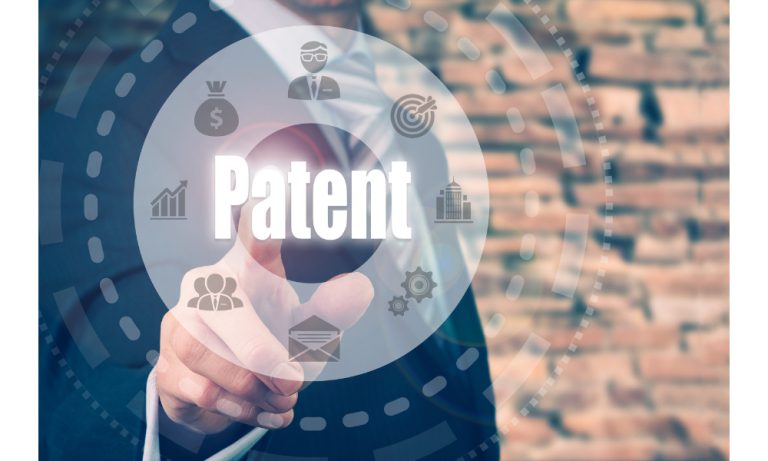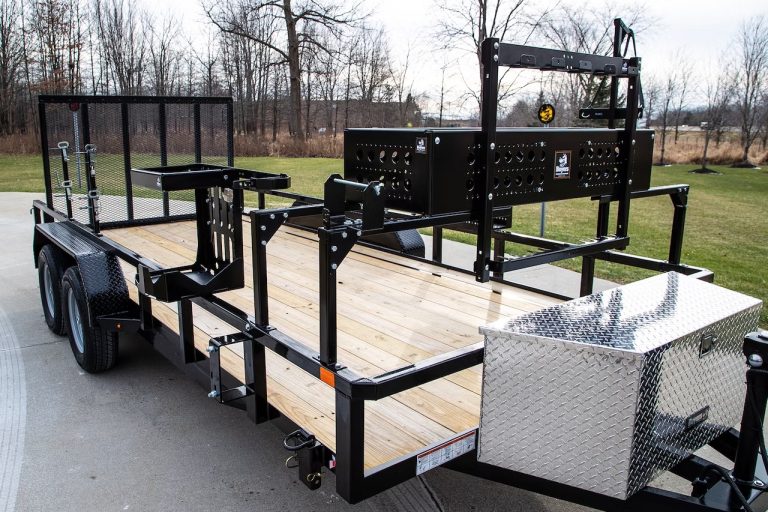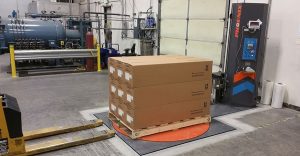When it comes to managing heat in electronic devices, choosing the right cooling method is crucial. Among the options available, a heatpipe has become a popular solution for many applications. But when should heatpipes be used over other cooling methods? In this article, we’ll explore the benefits of heatpipes and their ideal use cases.
What are Heatpipes?
Heatpipes are passive heat transfer devices that use phase change to move thermal energy from one location to another. They consist of a sealed copper or aluminium tube with a small amount of working fluid inside. As heat is applied to one end of the tube (the evaporator), the fluid evaporates and travels as vapour to the other end (the condenser).
The vapour then releases its latent heat and condenses back into liquid form, which is then returned to the evaporator by capillary action. This continuous cycle allows for efficient heat transfer without the need for any external power source.
Benefits of Heatpipes
- High Thermal Conductivity: Heatpipes are known for their high thermal conductivity, allowing them to transport large amounts of heat with minimal temperature difference between the hot and cold ends. This makes them an effective solution for cooling high-powered electronic components.
- Passive Operation: Unlike active cooling methods such as fans or pumps, heatpipes operate passively with no moving parts, making them more reliable and durable in harsh environments.
- Compact Size: Heatpipes have a small and lightweight form factor, making them ideal for use in compact electronic devices where space is limited.
- Customizable: Heatpipes can be customized to fit specific cooling needs by adjusting the size, shape, and working fluid of the tube. This makes them a versatile solution for various applications.
Comparison of Heatpipes with Traditional Cooling Methods
Fans
- Cooling Mechanism: Fans work by moving air across a surface to dissipate heat. They are often used in conjunction with heatsinks to enhance cooling efficiency.
- Energy Consumption: Fans require a continuous power supply to operate, which can increase the overall energy consumption of the device.
- Noise: Fans can generate significant noise, especially at high speeds, which can be disruptive in quiet environments.
Heatsinks
- Cooling Mechanism: Heatsinks dissipate heat through conduction and convection. They are usually made of metal with high thermal conductivity, such as aluminium or copper.
- Energy Consumption: Heatsinks do not require any power to operate, making them an energy-efficient solution.
- Efficiency: While heatsinks are effective, their performance is limited by their size and the amount of airflow available.
Applications Where Heatpipes Are Most Beneficial
● Laptops
In laptops, space is a premium, and efficient cooling is vital to prevent overheating. Heatpipes are commonly used in laptop cooling systems to transfer heat away from the CPU and GPU to a heatsink, where it can be dissipated. Their compact size and high efficiency make them ideal for this application.
● Gaming Consoles
Gaming consoles generate substantial heat during operation due to their powerful processors and graphics cards. Heatpipes help manage this heat effectively, ensuring optimal performance and preventing thermal throttling. The silent operation of heatpipes also enhances the gaming experience by reducing noise levels.
● LED Lighting
LED lights generate heat that can impact their performance and lifespan. Heatpipes are used in LED lighting systems to transfer heat away from the LEDs, maintaining their efficiency and extending their life. This is especially important in high-power LED applications, such as streetlights and industrial lighting.
Future Trends and Innovations in Heatpipes
● Advanced Materials
Innovations in materials science are driving the development of new heatpipe designs. Advanced materials with higher thermal conductivity and improved durability are being explored to enhance the performance of heatpipes. These materials can potentially increase the efficiency and lifespan of heatpipes, making them even more effective in thermal management.
● Miniaturisation
The trend toward miniaturisation in electronics is pushing the limits of traditional cooling methods. Heatpipes are being developed in smaller sizes to fit the compact designs of modern electronic devices. This miniaturisation allows heatpipes to be used in applications where traditional cooling methods would be impractical.
● Hybrid Cooling Systems
Hybrid cooling systems that combine heatpipes with other cooling methods, such as fans and liquid cooling, are emerging as a solution for high-performance applications. These hybrid systems leverage the strengths of each cooling method to achieve superior thermal management. For example, a hybrid system might use heatpipes to transfer heat away from critical components and fans to dissipate the heat from the heatsink.
● Environmental Impact
With growing awareness of environmental sustainability, heatpipes are being designed with eco-friendly materials and manufacturing processes. The focus on reducing energy consumption and minimising waste aligns with global efforts to combat climate change. Heatpipes offer a green alternative to traditional cooling methods, contributing to a more sustainable future.
Conclusion
Heatpipes are a versatile and efficient cooling solution that offers several advantages over traditional methods like fans and heatsinks. Their ability to transfer heat silently and effectively makes them ideal for various applications, from laptops and gaming consoles to LED lighting. With ongoing innovations and trends, heatpipes are set to play an even more significant role in the future of thermal management.





